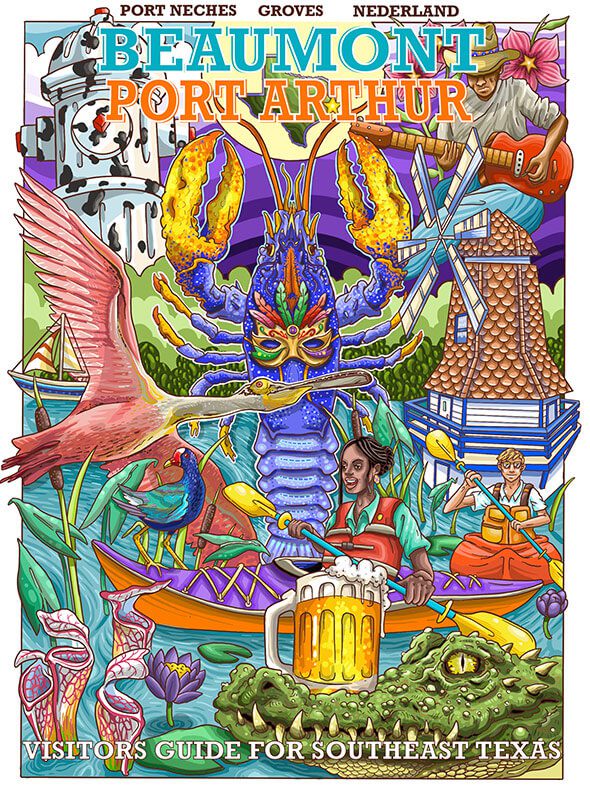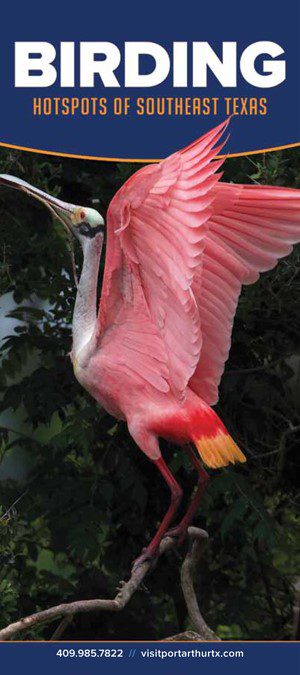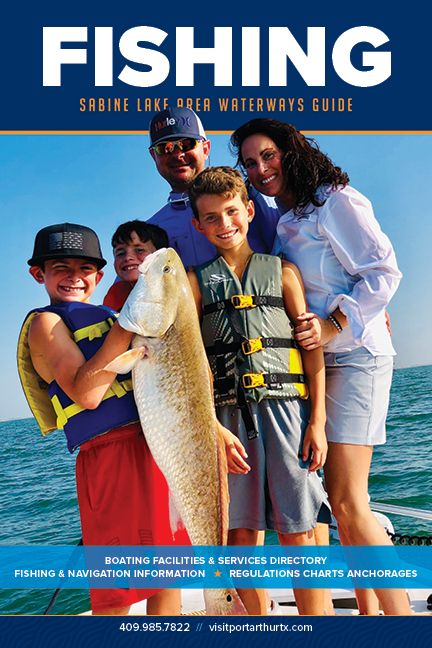Stop the Quiet Invasion

Clean, Drain and Dry
A clean boat is more than an owner’s mark of pride. The Clean, Drain and Dry rule encourages protecting the Texas lakes you love and saving habitat and tax dollars. Keep invasive species, plants and animals, at bay… for the birds!
When you don’t want flowers
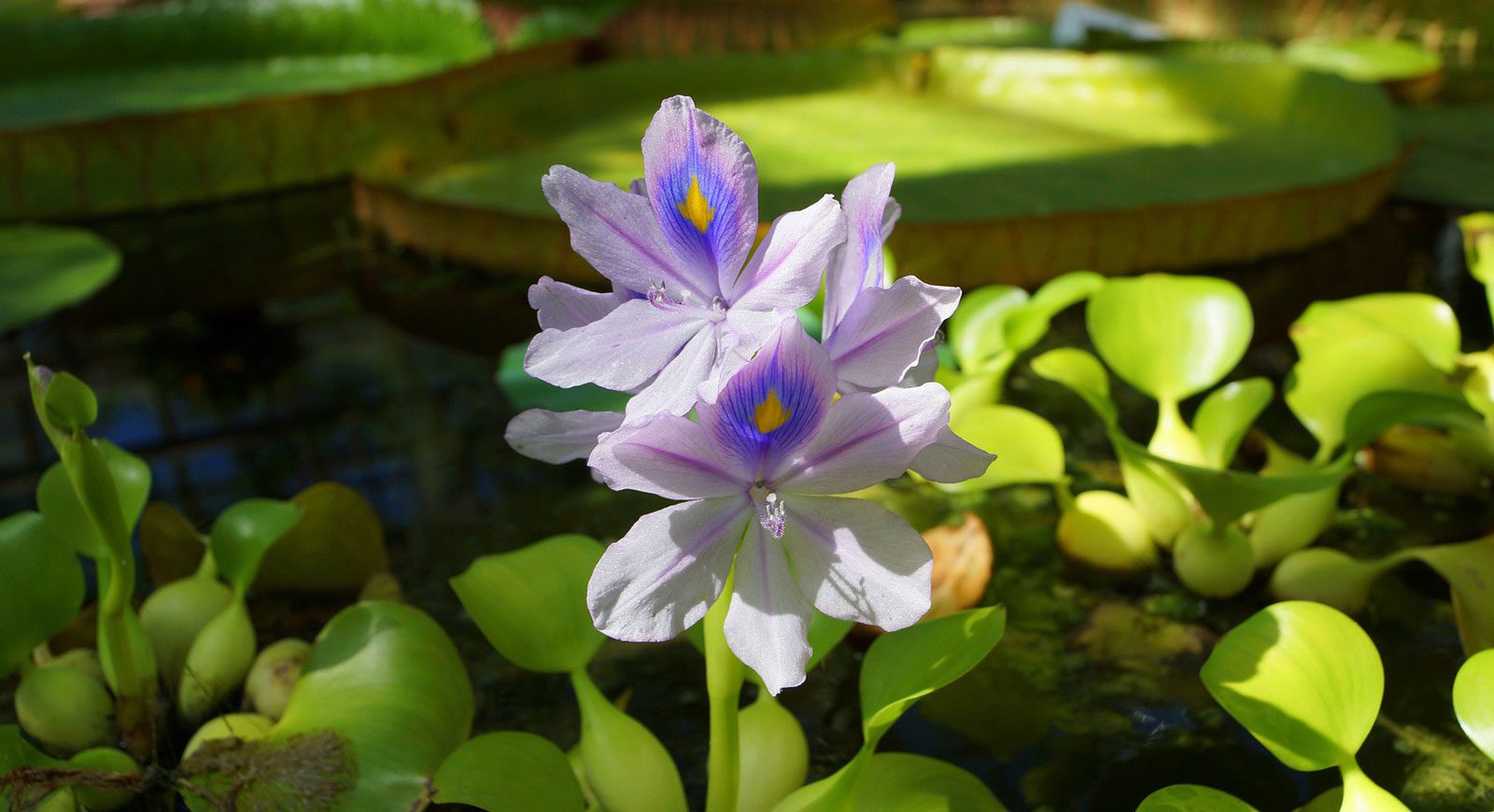
Water hyacinth is purple and “pretty.” It also chokes native vegetation and fish communities by lowering light penetration and dissolving oxygen levels. Who wants that? We want healthy fish. It gets clogs waterways and intake pumps and gets in the way of boat traffic when you just want to cruse along the waterways. Clean, Drain and Dry to get any residue off your boat.
Zebra Mussels
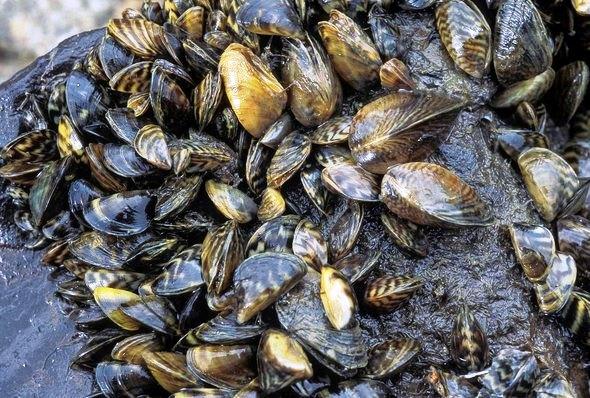
Lake Texoma got them in 2009 and now several lakes have zebra mussels. This small mollusk from Eurasia multiplies rapidly and causes damage on docks and in municipal water systems. They disrupt food chains that support native fish and sharp-edged shells get on our beaches. An adult mussel, carried to a new body of water on a canoe, can produce up to a million microscopic larvae. Don’t give them a ride. Texas Invasives will tell you more, here. Prevent the spread.
How to Keep it Clean?
Texas Parks and Wildlife offers tips on cleaning your boat here.
Paddlers, Beware
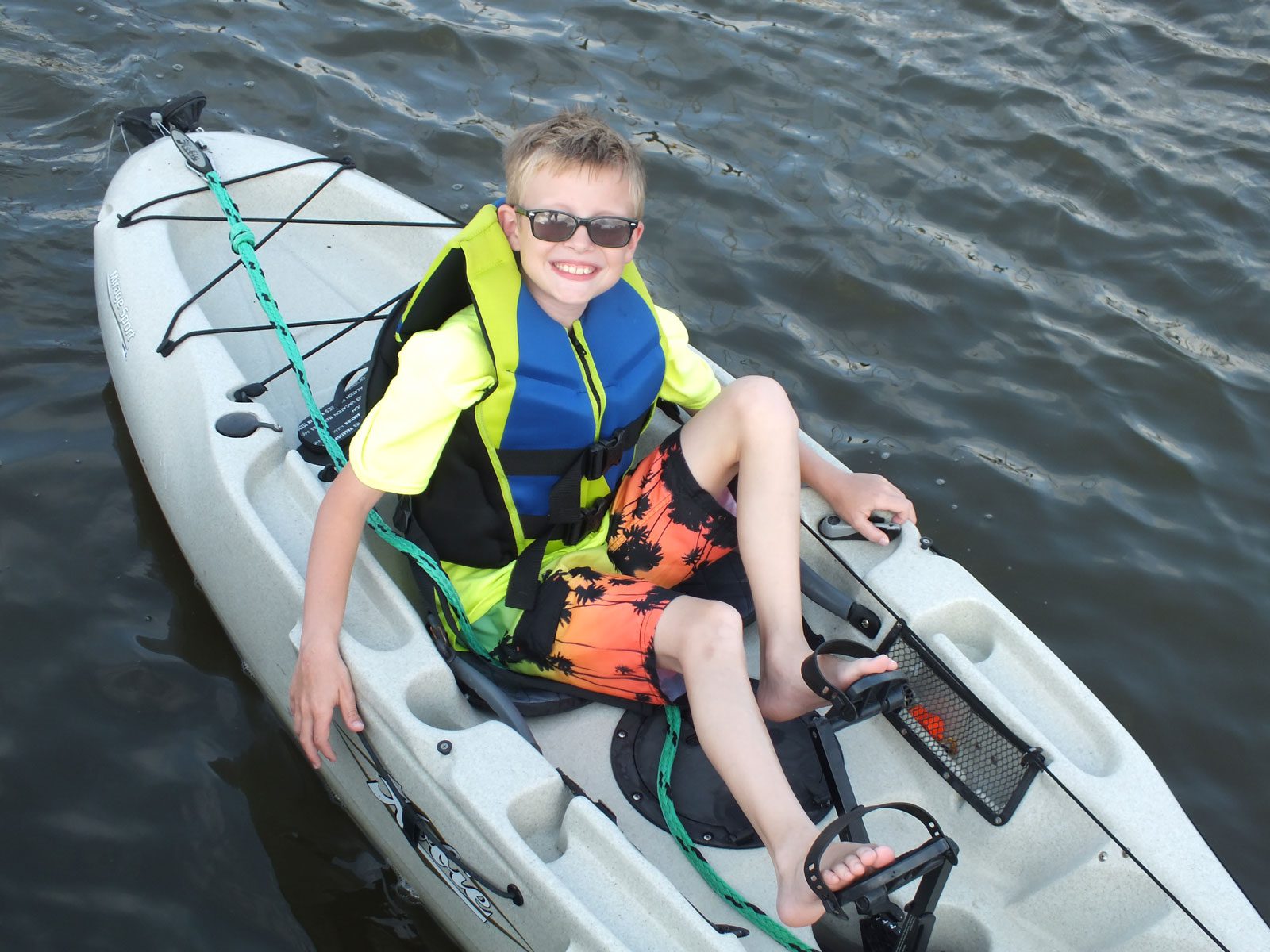
We know kayakers love our waterways and want to keep them naturally safe. For some tips on that, read here.
Texas Parks and Wildlife asks those who discover new aquatic species found it the wild to report it to their Coastal Fisheries Division, Dickinson Marine Lab, in East Dickinson, (281) 534-0100.
Additional Resources
About 1.5 million feral hogs are rooting through the Lone Star state. Their trampling and foraging cause significant habitat damage. Hogs can damage wetland areas, springs and creeks and also eat eggs from ground-nesting birds such as turkey and quail. Hunting and trapping help control the population, as do prescribed burns. It’s best to leave this to the professionals.
But here’s some advice for protecting birds from feral and free-roaming cats that kill about 2.4 billion birds a year:
American Bird Conservancy: Trap, Neuter, Release Information
Indoor Cats vs. Outdoor Cats Facts
TPWD: Cat’s Inside
TPWD Issue Paper: Management of Feral Cat Colonies and Trap, Neuter, and Release (TNR) Programs
- Cats Indoors Information from American Bird Conservancy
- American Bird Conservancy: Trap, Neuter, Release Information
- Indoor Cats vs. Outdoor Cats Facts
- TPWD: Cat’s Inside
- TPWD Issue Paper: Management of Feral Cat Colonies and Trap, Neuter, and Release (TNR) Programs
How to do some good?
The National Audubon Society’s Plants for Birds program helps you cultivate the best kinds of gardens for all your birdy friends. Read about it here.

